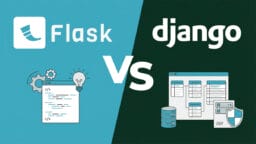When it comes to data analysis in 2025, two tools dominate the playing field: SQL and Python. Whether you’re a beginner planning your learning journey, a business leader building a data team, or a hiring manager evaluating talent, you’re probably asking – which one should I invest in?
The real question may not be “SQL vs Python?” but rather: “When, where, and how should you use one over the other – or better yet, both?”
In this guide, we’ll break down the strengths, ideal use cases, challenges, and hiring considerations for both languages to help you make smart learning or resourcing decisions.
The Long Road to Now: SQL and Python’s Evolution

A Brief History of SQL
SQL, short for Structured Query Language, has been around since the 1970s. It was designed to query and manipulate data stored in relational databases – think of well-structured tables with rows and columns. Over the decades, SQL became the standard language for interacting with databases in enterprise IT environments like finance, healthcare, telecommunications, and retail.
Even in 2025, SQL hasn’t changed all that much in its core syntax. The basics – SELECT, FROM, WHERE – are the same. However, it has evolved with modern enhancements like:
- Window Functions.
- Common Table Expressions (CTEs).
- JSON data support.
And with the rise of cloud platforms like Amazon Redshift, Google BigQuery, and Snowflake, SQL is more scalable and powerful than ever before.
The Rise of Python in Data
Python entered the scene in the early 1990s as a general-purpose programming language. But its popularity exploded in the 2000s when libraries like NumPy and pandas made number-crunching and data manipulation simple and intuitive.
Today, Python is everywhere in the analytics world. Its ecosystem spans:
- Machine Learning (scikit-learn).
- Deep Learning (TensorFlow, PyTorch).
- Big Data (PySpark).
- Interactive Dashboards (Streamlit, Dash).
- Cloud Data Tools (Airflow, Dask).
It’s safe to say that Python has evolved into a full-stack data science toolkit.
SQL – The Powerhouse of Data Querying
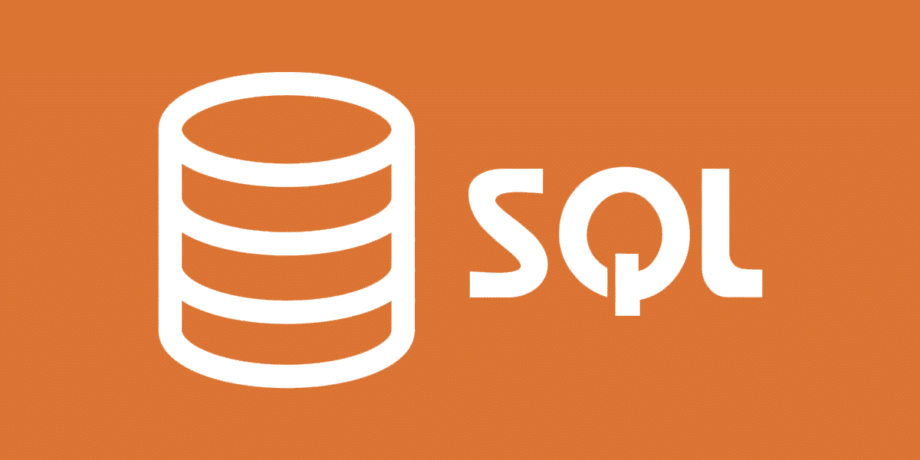
Let’s start with SQL. Despite being decades old, it’s still one of the most valuable data skills in the market.
1. Performance and Scalability
Modern SQL platforms like Snowflake, BigQuery, and Azure Synapse can crunch through petabytes of data in seconds. SQL engines are optimized with:
- Advanced query planners.
- Indexing for faster lookups.
- Robust caching mechanisms.
This makes SQL ideal for large-scale analytics where data already lives in structured tables.
2. Simplicity for Everyday Analytics
SQL has a remarkably simple syntax. A marketer or HR analyst with no coding experience can quickly learn how to extract insights using SELECT, GROUP BY, and JOIN.
That’s why SQL is often considered the everyday language of data within business teams. It simplifies:
- KPIs tracking.
- Operational dashboards.
- Ad-hoc queries.
3. Governance and Integrity
One of SQL’s secret superpowers? Data integrity.
SQL databases are built with ACID compliance principles, meaning they excel at:
- Enforcing business rules.
- Managing permissions.
- Controlling data access at scale.
You’ll also see SQL heavily used in ETL (Extract, Transform, Load) pipelines, where strong governance is essential.
Python – The Swiss Army Knife for Data Science
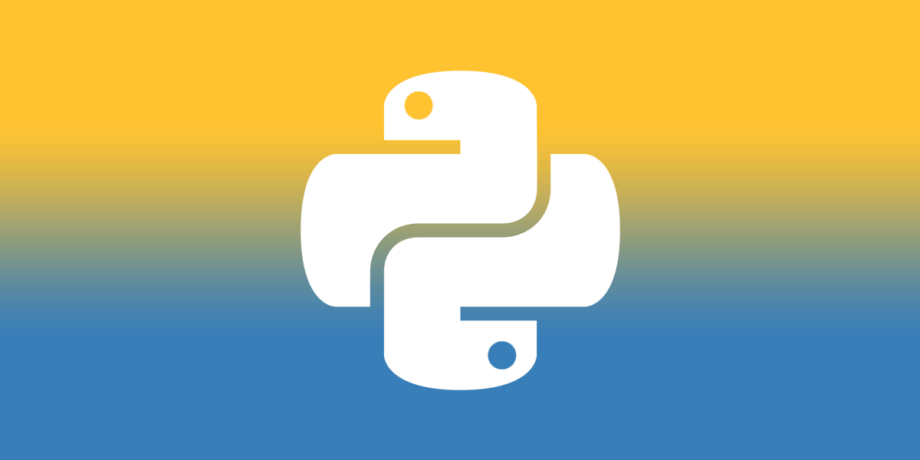
Where SQL stops, Python starts to shine. If you want more than just dashboard metrics – like predictive models, automations, or interactive visuals – Python is your go-to.
1. Advanced Data Wrangling
Python, especially with pandas, lets you do things that would be extremely awkward or impossible in SQL:
- Merging datasets with complex logic.
- Cleaning messy, semi-structured logs or JSON.
- Handling time-zone-aware datetime operations.
- Building reusable data transformation pipelines.
Python handles the messiness of real-world data like a pro.
2. Predictive and Prescriptive Analytics
Want to predict churn, model sales forecasts, or optimize pricing? That’s Python’s territory.
With libraries like:
- scikit-learn for machine learning.
- Prophet for time series forecasting.
- Statsmodels for statistical tests.
You can move from traditional BI to genuine data science.
3. Visualization and Reporting
Python lets you tell rich data stories through:
- Matplotlib and Seaborn for static plots.
- Plotly and Altair for interactive, web-ready charts.
- Jupyter Notebooks, which mix live code with explanations and visuals.
And if that’s not enough, tools like Streamlit and Flask let Python users actually build web apps to make their models and dashboards usable for others.
SQL vs Python: When to Use What?
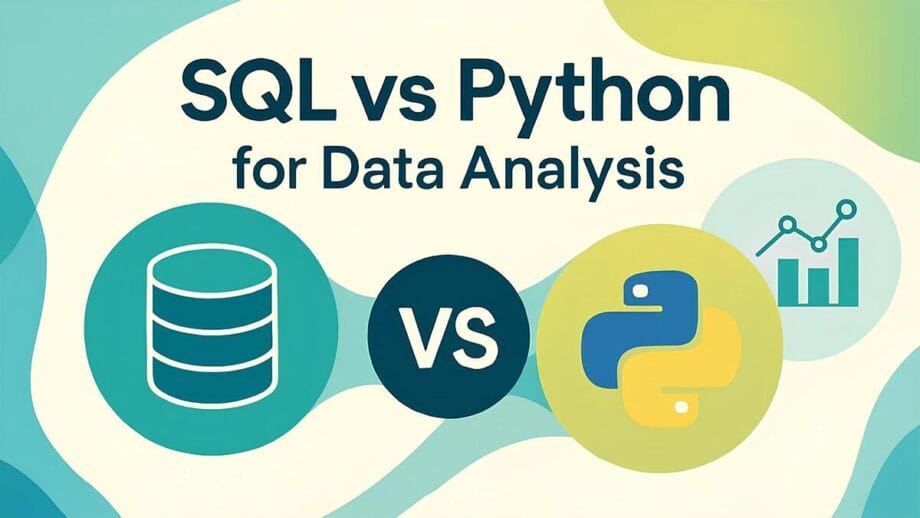
Choosing the right tool often comes down to the business problem you’re solving. Here’s a side-by-side with real-world examples:
| Use Case | Best Tool | Why |
| Monthly sales reports | SQL | Fast, easy, and integrates with BI dashboards like Tableau or Power BI |
| Customer segmentation | Python | Handle clustering, model scoring, and visualizing groups |
| Data quality checks in ETL | SQL | Quick checks for duplicates, nulls, and data type mismatches |
| Scraping reviews for sentiment | Python | Can access APIs, clean unstructured text, and use NLP models |
| Time-series forecasting | Python | Use ARIMA, Prophet, or LSTM to forecast revenue, inventory, etc. |
| Ad-hoc queries by stakeholders | SQL | Easy for business users without programming knowledge |
| Model deployment or automation | Python | Flask, FastAPI, or Airflow enable automated pipelines and API endpoints |
Ecosystems and Community Support

SQL Tools & Ecosystem
- BI tools: Looker, Metabase, Power BI, Tableau – all rely heavily on SQL.
- Cloud-native analytics: Snowflake, BigQuery, Redshift, and Databricks offer optimized SQL engines.
- Security and compliance: SQL databases support granular data access control (RBAC) and encryption features frequently used in healthcare and finance.
Python Ecosystem
- Data Science IDEs: VS Code, JupyterLab, and PyCharm offer rich environments for building out experiments and reports.
- Package management: pip and conda simplify dependency management across projects.
- Cloud deployment: Python integrates effortlessly with AWS, GCP, and Azure for building ML workflows, pipelines, and dashboards.
Learning Curve: Which One Is Easier to Pick Up?
- SQL: A great starting point. You can write useful queries in just a few hours. With practice over a few months, you’ll be comfortable building complex queries and transformations.
- Python: Takes longer to ramp up. You’ll need to understand programming fundamentals, data structures (lists, dictionaries), object-oriented concepts, and libraries like pandas, matplotlib, etc. It usually takes 3–6 months of dedicated learning to get proficient in data work.
Still, learning both brings the best of both worlds – and that’s where the market is headed.
Talent Market in 2025: What Are Employers Looking For? Hiring trends reveal a clear distinction:
| Industry | In-Demand Tool |
| Finance & insurance | SQL-first, Python optional |
| Retail & eCommerce | SQL + Python combo |
| AI/ML & Tech Startups | Primarily Python |
| Manufacturing/Logistics | SQL-heavy roles |
| Product Analytics | Python & SQL hybrid |
Hiring someone with SQL-only skills is great for reporting and dashboard roles. But if you want to scale into predictive analytics or automated systems, you’ll need Python expertise.
The hybrid profiles – fluent in both SQL and Python – are rare and in high demand.
Why Both Matter: Beyond the Either/Or
Rather than seeing SQL and Python as competing choices, leading organizations realize that the real edge comes from hybrid adoption. They encourage analysts, engineers, and business stakeholders to break silos and foster a culture where skills overlap and collaboration flows seamlessly across functions. In this hybrid model:
- SQL drives efficient data retrieval, governance, and reporting for structured storage systems and regulatory environments.
- Python enables deep analytics, machine learning, automation, and storytelling, pushing projects into the domains of innovation and proactive business intelligence.
Hiring vs Training: What’s the Smarter Strategy?
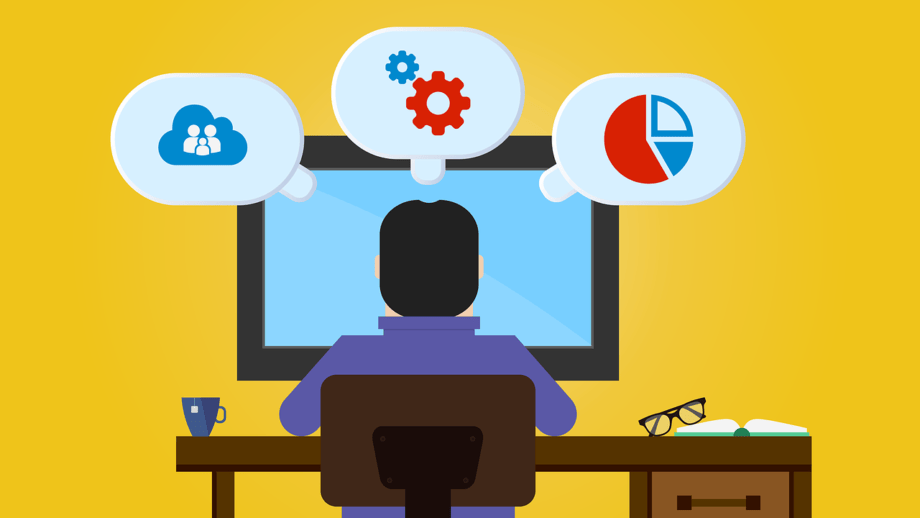
Training Your Team
Pros:
- Cheaper than hiring new employees.
- Boosts loyalty and engagement.
- Encourages cross-team collaboration.
Examples:
- Train SQL users on Python for automation and ML.
- Help Python devs optimize their SQL queries for better performance.
Hiring New Talent
Pros:
- Bring in immediate expertise.
- Solve complex data problems quickly.
- Expand your capabilities instantly.
Cons:
- Hybrid talent is expensive and hard to find.
- A competitive talent market can mean longer recruitment cycles.
Best of Both Worlds?

For small-to-medium organizations with budget constraints, hiring short-term consultants or contractors with both SQL and Python skills could provide the immediate lift, while you upskill your internal team.
The Future Is Not SQL or Python – It’s SQL and Python
If there’s one takeaway, it’s this: In 2025, the most successful data teams won’t be arguing about SQL vs Python – they’ll be using both, seamlessly.
SQL is the backbone of structured data access, security, and business processes. Python is the engine that drives innovation, machine learning, and storytelling. Together, they create a full-stack data capability that no single tool can offer alone.
Organizations that win in the data-driven economy will be those that:
- Support cross-training across tools.
- Encourage collaboration between analysts, data engineers, and data scientists.
- Invest in a bilingual data culture, fluent in both SQL and Python.
Final Thoughts

The choice between SQL and Python isn’t a choice at all – it’s about balance. Think beyond tools and ask the bigger question: “Where are we headed with our data strategy?”
If your strategy leans towards dashboards, governance, and efficiency – start strong with SQL. If your vision includes predictive insights, interactive reporting, or intelligent automation, Python is your key.
But in reality? You’ll want both.
